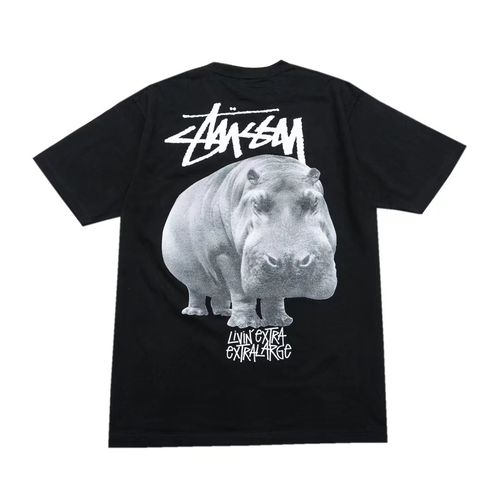The choice of autumn and winter clothing is crucial for warmth, and material is one of the primary factors that affects the warmth effect. The following is an analysis of some common autumn and winter clothing materials to help you choose warmer fabrics:
1. Wool: Wool is one of the most common warm materials. one. It has excellent thermal insulation properties, can effectively block the intrusion of cold air, and can keep the body warm. In addition, wool has good moisture permeability, allowing the body to discharge sweat and keep it dry and comfortable.
2. Down: Down jackets are the first choice for many people in winter. Down has excellent thermal insulation and is light and flexible because its fibers contain a large amount of air, which can form an air layer to isolate cold air and keep body temperature from being lost.
3. Cotton: Cotton fabric is one of the most common fabrics and has good thermal insulation effect. Cotton is highly hygroscopic and can quickly absorb sweat from the body surface. It also has good breathability, keeping the body dry and comfortable.
4. Suede fabric: Suede fabric is usually used in jackets, coats and other clothing. It has a soft and comfortable texture that can effectively block the intrusion of cold wind and maintain body temperature. Suede fabric has denser fibers and can provide better warmth.
5. Polyester fiber: Polyester fiber is a common synthetic fiber, and its material is light and warm. Polyester clothing also often has an inner layer of fleece to further increase warmth.
When choosing suitable autumn and winter clothing materials, it is recommended to consider your activity intensity, temperature, humidity and other factors. In addition, wearing double layers or adding thermal underwear is also a way to increase warmth. Remember to choose good quality clothing brands to ensure warmth and comfort.
The choice of autumn and winter clothing is crucial for warmth, and material is one of the primary factors that affects the warmth effect. The following is an analysis of some common autumn and winter clothing materials to help you choose warmer fabrics:
1. Wool: Wool is one of the most common warm materials. one. It has excellent thermal insulation properties, can effectively block the intrusion of cold air, and can keep the body warm. In addition, wool has good moisture permeability, allowing the body to discharge sweat and keep it dry and comfortable.
2. Down: Down jackets are the first choice for many people in winter. Down has excellent thermal insulation and is light and flexible because its fibers contain a large amount of air, which can form an air layer to isolate cold air and keep body temperature from being lost.
3. Cotton: Cotton fabric is one of the most common fabrics and has good thermal insulation effect. Cotton is highly hygroscopic and can quickly absorb sweat from the body surface. It also has good breathability, keeping the body dry and comfortable.
4. Suede fabric: Suede fabric is usually used in jackets, coats and other clothing. It has a soft and comfortable texture that can effectively block the intrusion of cold wind and maintain body temperature. Suede fabric has denser fibers and can provide better warmth.
5. Polyester fiber: Polyester fiber is a common synthetic fiber, and its material is light and warm. Polyester clothing also often has an inner layer of fleece to further increase warmth.
When choosing suitable autumn and winter clothing materials, it is recommended to consider your activity intensity, temperature, humidity and other factors. In addition, wearing double layers or adding thermal underwear is also a way to increase warmth. Remember to choose good quality clothing brands to ensure warmth and comfort.









